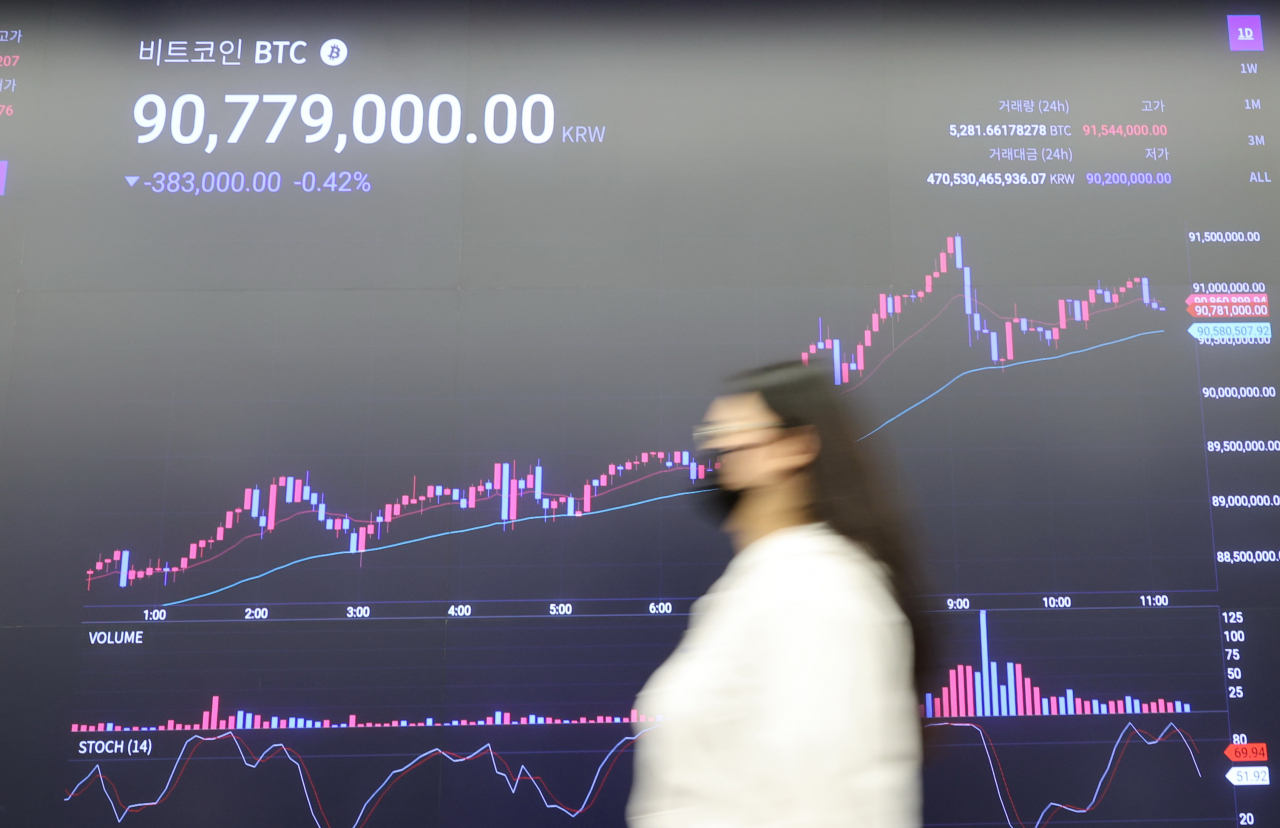
Welcome to PYMNTS’ sequence on decentralized finance, or DeFi.
In these articles, we’ll be each a part of DeFi — the most important, hottest, most rewarding and dangerous a part of the blockchain revolution. At the tip of it, you’ll know what DeFi is, the way it works, and the dangers and rewards of investing in it.
See Part 1: What is DeFi?
See Part 2: What Are the Top DeFi Platforms?
See Part 3: What Is a Smart Contract?
See Part 4: What is Yield Farming and Liquidity Mining?
See Part 5: What Is Staking?
See Part 6: What Are DeFi’s Top 10 Uses?
See Part 7: Unpacking DeFi and DAO
See Part 8: DeFi’s Very Real Risks
See Part 9: What Are the Top DeFi Blockchains?
See Part 10: What’s Real, What’s Hype, What Matters
See Part 11: What Is An Algorithmic Stablecoin?
In this sequence, we’ve gone into what DeFi is and the way it’s used. But if you wish to know the way DeFi works, and the way its instruments can be utilized by different elements of the monetary world, you could perceive the automated market maker, or AMM.
Let’s begin with a standard market maker, which is basically a wholesaler who ensures a easily functioning market by offering liquidity. The market maker is usually a big financial institution or monetary establishment which ensures to purchase securities (bid) at a specified value and promote them (ask) at one other value, so a vendor doesn’t must actively search out a purchaser who need a certain amount of a selected share at a selected value. Market makers flip a revenue on the bid-ask unfold.
That is a time-tested system used at many exchanges. It can be a monetary intermediary, one thing crypto normally and DeFi particularly abhor. Getting rid of them was, in spite of everything, the core purpose of Bitcoin’s creator.
Without any centralized administration in any respect — at the least in concept — decentralized exchanges (DEXs), particularly, shouldn’t have room for conventional market makers.
While a DEX may automate the method of matching purchaser and vendor immediately, it will have the identical downside: Excluding main cryptocurrencies like bitcoin, Ethereum’s ether and some others, there could be a considerable liquidity downside in many of the hundreds and hundreds of cryptocurrencies.
So how do you go about decentralizing a centralized and cash-intensive operate? You crowdsource it.
Top DeFi exchanges like Uniswap, SushiSwap, PancakeSwap, Curve Finance and Balancer all use AMM sensible contracts, operating a mixed commerce quantity within the billions of {dollars} a day.
The mechanism that AMMs use is the liquidity pool, which gives anybody with some crypto to take a position a return primarily based on transaction charges, and presumably a reward within the type of the pool’s personal tokens — which is the place liquidity mining is available in.
See additionally: PYMNTS DeFi Series: What is Yield Farming and Liquidity Mining?
Liquidity suppliers lock their crypto — let’s say ether, or ETH — right into a pool, getting the pool’s personal tokens in change. When they wish to withdraw their ETH, they burn the pool’s tokens.
These are governance tokens with a vote within the decentralized autonomous group (DAO) that manages to pool on points such because the withdrawal phrases for crypto locked within the swimming pools and the scale of the charges charged.
Pools typically compete primarily based on charges measurement, the quantity of liquidity and the commerce quantity of the tokens in query. They are, after all, topic to hacks and frauds, similar to the DEXs and centralized crypto exchanges.
Yes, however…
It’s not fairly that straightforward. DEXs’ liquidity swimming pools can deal with particular buying and selling pairs — for instance, ETH and stablecoin USD Coin as ETH/USDC — or in some instances, the most important swimming pools have a number of totally different cryptocurrencies.
Let’s say ether is priced at $3,500 and USDC is $1. If you set in a single ETH, you’ll get 3,500 USDC — minus the buying and selling charge. That charge goes again to the pool’s members primarily based on their proportion of the overall pool funds.
There’s an enormous “however” at this level — slippage.
When the dealer agrees to the swap just isn’t when the commerce is accomplished by being written onto the blockchain. On Ethereum, the block time is usually 12 to fifteen seconds — which means that there’s time for the worth of the very unstable cryptocurrencies to alter between the ask or bid and the transaction happening.
With massive orders or costly cryptocurrencies, this generally is a killer when volatility is excessive. However, as DEXs transfer to Ethereum opponents like Solana and Cardano with far sooner block instances, slippage can change into a factor of the previous.
Read extra: PYMNTS Blockchain Series: What Is Solana?
See additionally: PYMNTS Blockchain Series: What is Cardano?
And with no middlemen, no managers to pay and rising liquidity and falling slippage, AMM-powered DeFi exchanges could have a vivid future.
——————————
NEW PYMNTS DATA: WHY PATIENT PORTALS ARE BECOMING TABLE STAKES TO CONSUMERS
About: Patient portals are actually vital for suppliers — a lot in order that 61% of sufferers involved in utilizing the instruments say they might change to a healthcare supplier that provides one. For Accessing Healthcare: Easing Digital Frictions In The Patient Journey, a PYMNTS and Experian Health collaboration, PYMNTS surveyed 2,333 shoppers to find out how healthcare suppliers can relieve digital ache factors to supply improved affected person care and satisfaction.
https://www.pymnts.com/blockchain/2022/pymnts-defi-series-what-is-an-automated-market-maker-the-beating-heart-of-defi/



